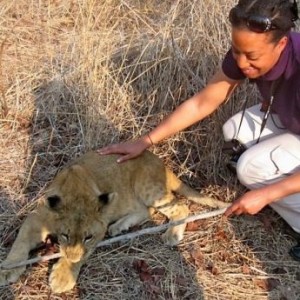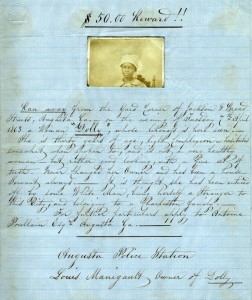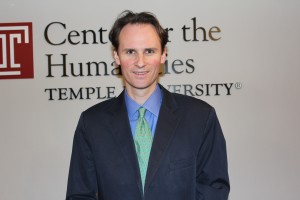On Thursday February 21, 2013 Temple professor Miles Orvell and photographer Sandy Sorlein discussed the American Main Street. The presentation began first with some of Ms. Sorlein’s photographs of main streets from all across the country taken on road trips over a number of years. Professor Orvell followed with some commentary about main streets. Main Street as sacred space and as utopian space were two of his points, but then he spun these positive thoughts by speaking of the polar opposite of these as main streets dark at night filled with scary impressions: think Rod Serling and some of his episodes of the Twilight Zone television series! Additional remarks were made concerning the main street as (or in) history and as facsimile. Have the values of the small town main street translated into the city center? Who owns the city and the street – Wall Street or Main Street? Needless to say, lots of audience participation joined the conversation as we listened to questions and discussion on the larger picture of new urbanism, the meaning of place, and the tighter focus on local places right here in Philadelphia.
If these comments piqued your interest you might be interested in reading Death and life of Main Street: Small Towns in American Memory, Space and Community by Miles Orvell, or Sandy Sorlien’s work entitled:Fifty Houses: Images from the American Road.



